Cappadocia Fairy Chimneys: Legends, History & Travel Tips
Located in the heart of Turkey, Cappadocia is a unique destination that has gained worldwide fame for its fairy chimneys, created by millions of years of geological processes. With its fairy-tale valleys, extraordinary rock formations made of volcanic tuff, rock-cut churches and hot air balloons, Cappadocia is an essential destination for both nature and culture lovers. In this article, you will discover the formation, history, legends and fascinating story of Cappadocia's Fairy Chimneys, which have earned it UNESCO World Heritage status. So, how were the Fairy Chimneys formed? Let's explore together!
The Enchanting History of Cappadocia's Fairy Chimneys
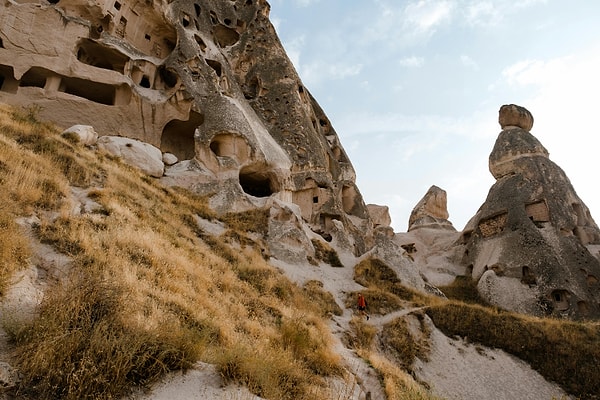
Cappadocia is one of the most enchanting regions in Turkey and even the world. This unique region captivates visitors not only with its natural beauty but also with its thousands of years of cultural heritage. When one thinks of Cappadocia, the most iconic formation that comes to mind is undoubtedly the Fairy Chimneys. These extraordinary rock formations, which are rarely seen anywhere else on Earth, are not only the result of millions of years of geological processes but also bear the traces of countless civilisations throughout human history.
If you are curious about how the Cappadocia Fairy Chimneys were formed, the legends they are associated with, how they have been used throughout history, and why they are listed on the UNESCO World Heritage List, this comprehensive guide is perfect for you. Here, we will explore this natural wonder of Cappadocia in depth, combining scientific facts with cultural stories.
Continue reading to learn more!
What are Fairy Chimneys? Brief Description and Geographical Context

Fairy chimneys (also known as peribacası) are rock columns that are concentrated in areas such as Göreme, Ürgüp, Avanos, Uçhisar, Paşabağ and Zelve in Cappadocia, and are usually seen in the form of conical bodies and mushroom-shaped caps. The body is composed of soft volcanic tuff, while the cap is made of harder rock resistant to erosion.
These intriguing geomorphological structures are among the world's most remarkable natural formations, not only visually but also in terms of their formation history. The name ‘Fairy Chimneys’ is used by the local population because of their fairy-tale-like appearance and the mystical atmosphere they lend to the region.
The Formation of Fairy Chimneys: Geological Processes and Timeline

The current landscape of Cappadocia was formed as a result of millions of years of volcanic activity followed by erosion processes. Approximately 60 million years ago, this part of the Central Anatolia Region was located within an active volcanic belt. In particular, the successive eruptions of Mount Erciyes, Mount Hasan, and Mount Göllü covered the region with thick layers of volcanic ash, tuff, and basalt.
Over time, these soft tuff layers were eroded by climatic events such as rain, wind, floodwaters, and freeze-thaw cycles. However, in some areas, the upper hard rock layers protected the core, allowing the lower sections to erode more slowly and form the conical or columnar fairy chimneys we see today.
This process continued from the Miocene to the Pleistocene periods to the present day. Even today, erosion continues; that is, the surface of Cappadocia is constantly changing, with new fairy chimneys forming while others disappear completely.
The ‘Secret’ of Fairy Chimneys: Why do they form in different shapes?
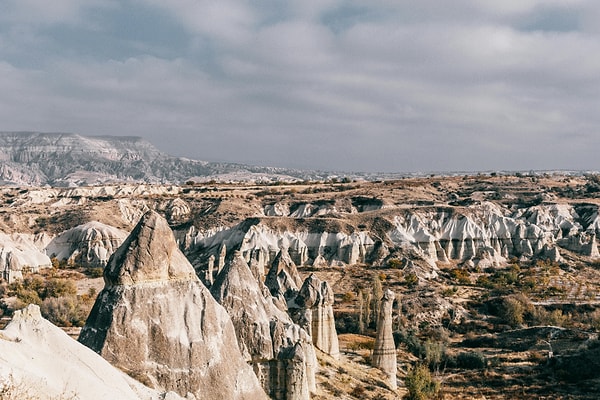
The fact that fairy chimneys are not uniform but come in different shapes and sizes is due to several factors:
Geological layer differences: The hardness, colour tones and layer structure of tuff result in different shapes.
Cap rock effect: The hard rock on top protects the body from rain and wind. Chimneys with wide cap rocks take on a mushroom shape, while those with narrow cap rocks become more pointed.
Valley location and slope: Water flow paths and floodplains determine the rate of erosion.
Climate conditions: Especially during the winter months, the freeze-thaw cycle causes rocks to crack and break apart.
The combination of these factors results in fairy chimneys with vastly different appearances, even within the same valley.
Human History and Fairy Chimneys: Caves, Churches and Settlements
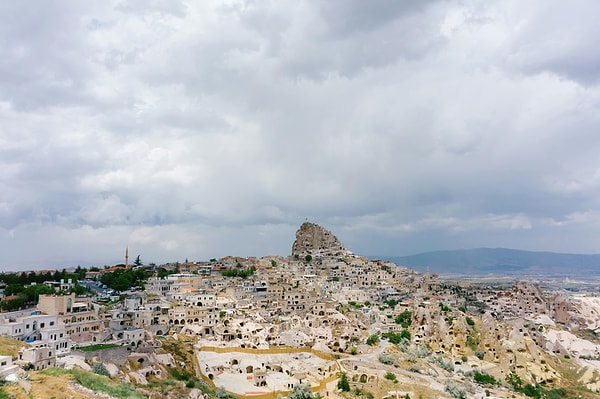
Fairy Chimneys are not only a natural wonder, but also a geography that has been home to human settlements for thousands of years. Since soft tuff rocks are easy to carve, people have built houses, warehouses, wine cellars and even churches inside these formations.
The early Christian period holds a special place in this regard. During the Roman Empire, Christians sought refuge in the caves and valleys of Cappadocia to escape persecution, building rock churches and monasteries there. The frescoed churches at the Göreme Open-Air Museum are among the best-preserved examples of this period.
Cappadocia is also famous for its multi-storey underground cities such as Derinkuyu and Kaymaklı. These settlements not only provided protection against attacks but were also equipped with water wells and ventilation systems necessary for long-term living.
UNESCO and Conservation: Cultural and Natural Heritage Status
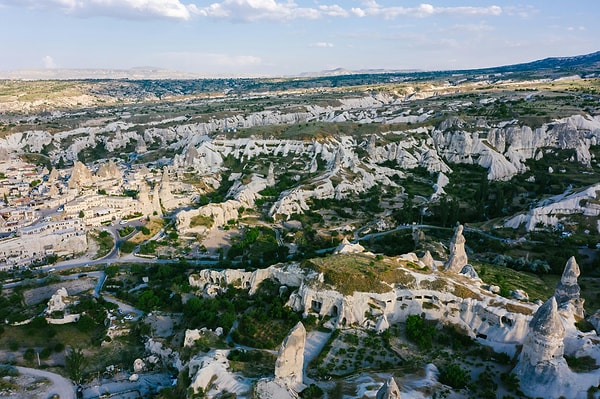
In 1985, Göreme National Park and the Rock Sites of Cappadocia were added to the UNESCO World Heritage List. This status certifies both the geological uniqueness and cultural significance of the region.
UNESCO reports indicate that excessive tourism, uncontrolled construction and natural erosion threaten the values that need to be protected in the region. For this reason, both local governments and civil society organisations are working on sustainable tourism policies and conservation projects.
Fairy Chimney Legends: Stories Told Among the People
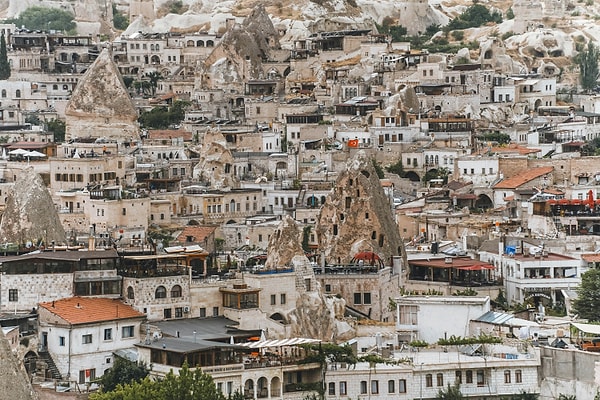
The enchanting appearance of Cappadocia has been the subject of many legends for centuries. One of the most well-known is the story of ‘fairies coming down to earth to protect humans and turning into chimneys.’
The Three Beauties legend is the most popular: it tells the story of a princess who defied her family for love, was then turned to stone by God, and remains there forever with her child in the form of two pillars.
Although such stories are not scientifically true, they are cultural elements that enhance Cappadocia's tourist appeal and offer visitors a fairy-tale experience.
The Role of Fairy Chimneys in Tourism: Balloons, Photography, Accommodation
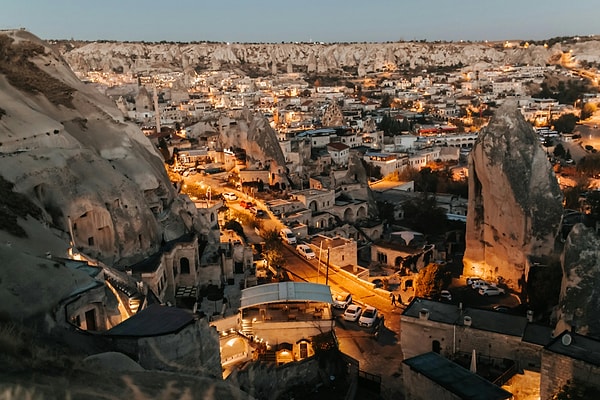
Today, Cappadocia is famous for its fairy chimney landscapes viewed from hot air balloons. Every morning at sunrise, hundreds of balloons rise into the sky, while below lie fairy-tale valleys and rock formations.
The cave hotels in the region offer visitors both a comfortable and authentic experience. Additionally, hiking tours in the valleys provide unique photo opportunities for both professional and amateur photographers.
While the tourism economy contributes significantly to the region, the high volume of human activity increases the risk of wear and tear on natural structures. Therefore, visitor management is of great importance.
Keşfet ile ziyaret ettiğin tüm kategorileri tek akışta gör!

Send Comment